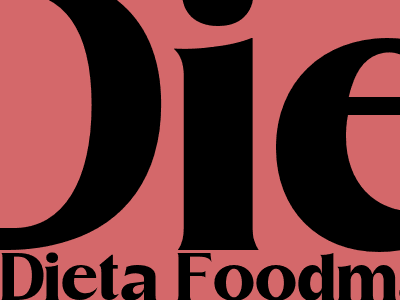The Dieta Foodmap: A Comprehensive Overview
Introduction
The Dieta Foodmap is an elimination diet that aims to identify and remove specific fermentable carbohydrates (FODMAPs) from the diet. FODMAPs are poorly absorbed by the small intestine and can cause digestive issues like bloating, gas, and abdominal pain.
Benefits of the Dieta Foodmap
The Dieta Foodmap can provide several benefits for those with digestive problems:
- Reduces symptoms: By eliminating FODMAPs, the diet aims to reduce symptoms such as bloating, gas, and abdominal pain.
- Identifies dietary triggers: The diet helps identify specific FODMAPs that trigger digestive issues, enabling individuals to make informed dietary choices.
- Improves nutrient absorption: Removing FODMAPs can improve the absorption of essential nutrients, as they can interfere with nutrient absorption.
Conditions the Dieta Foodmap May Benefit
The Dieta Foodmap has shown promise in managing various conditions, including:
- Irritable bowel syndrome (IBS): The diet can effectively reduce symptoms in up to 75% of IBS patients.
- Small intestinal bacterial overgrowth (SIBO): By reducing fermentable carbohydrates, the diet can help control SIBO symptoms.
- Inflammatory bowel disease (IBD): The diet may help reduce inflammation and symptoms in IBD patients.
How to Follow the Dieta Foodmap
Phases of the Dieta Foodmap
The Dieta Foodmap involves three phases:
- Elimination phase: This phase lasts 2-6 weeks and involves removing all high-FODMAP foods from the diet.
- Reintroduction phase: In this phase, FODMAP groups are gradually reintroduced to identify specific triggers.
- Maintenance phase: Once triggers are identified, individuals personalize their diets to avoid specific FODMAPs while enjoying a wide range of foods.
Foods to Avoid During the Elimination Phase
During the elimination phase, it's crucial to avoid foods high in FODMAPs, including:
- Many fruits (e.g., apples, cherries, mangoes)
- Certain vegetables (e.g., broccoli, onions, garlic)
- Dairy products (e.g., cow's milk, cheese)
- Wheat and rye products
- Honey and high-fructose corn syrup
Tips for Following the Dieta Foodmap
To successfully follow the Dieta Foodmap:
- Work with a healthcare professional: Consult a registered dietitian or doctor to ensure the diet is right for you and to guide you through the process.
- Read food labels carefully: FODMAP content can vary within food groups, so it's important to check labels for hidden sources of FODMAPs.
- Use a FODMAP app: There are apps available that can help you identify FODMAPs in foods and provide low-FODMAP recipes.
- Be patient: Identifying triggers and adjusting your diet takes time and effort. Be patient and work gradually through the phases.
Conclusion
The Dieta Foodmap is a valuable tool for managing digestive issues and improving overall well-being. By eliminating and reintroducing FODMAPs, individuals can identify triggers and create a personalized diet that reduces symptoms and improves their quality of life.

Komentar